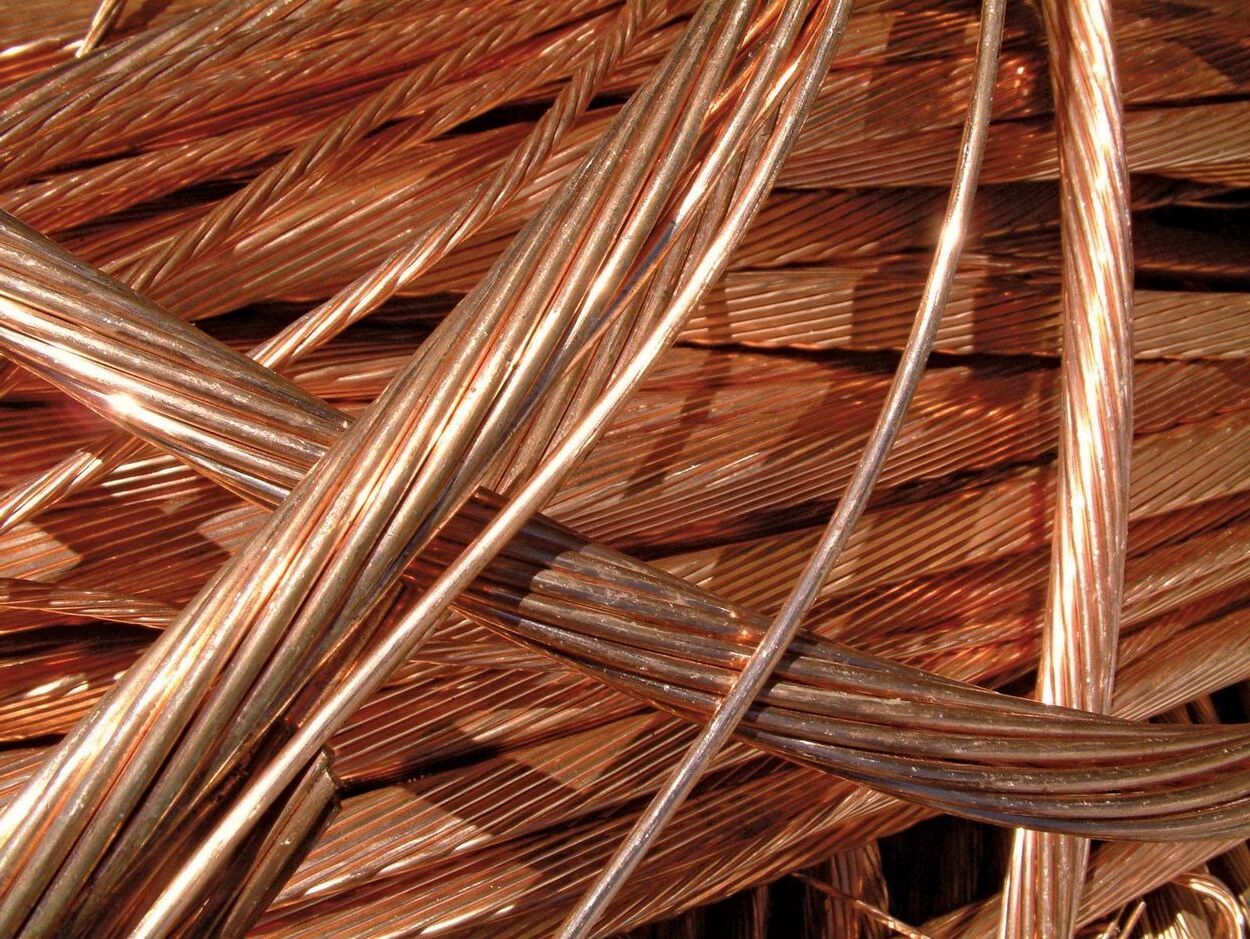
Copper is a fascinating metal with a rich history and a multitude of uses. Did you know that this reddish-brown element has been used by humans for over 10,000 years? Copper is not only essential for electrical wiring but also plays a crucial role in our bodies. It helps form red blood cells and keeps our immune system healthy. This versatile metal is found in everyday items like coins, cookware, and even musical instruments. Copper is also 100% recyclable, making it an eco-friendly choice. Ready to learn more? Here are 22 intriguing facts about copper that will surprise you!
What is Copper?
Copper is a versatile metal used for thousands of years. Its unique properties make it essential in various industries, from electronics to construction. Let's explore some fascinating facts about this incredible element.
Historical Significance of Copper
Copper has played a crucial role throughout human history. Here are some intriguing historical facts about this metal.
- Ancient Use: Copper was one of the first metals used by humans, dating back to 8000 BCE.
- Bronze Age: The discovery of alloying copper with tin to create bronze marked the beginning of the Bronze Age around 3300 BCE.
- Egyptian Artifacts: Ancient Egyptians used copper to create tools, weapons, and intricate jewelry.
- Roman Empire: The Romans extensively mined copper and used it for coins, plumbing, and even in their architecture.
Physical and Chemical Properties of Copper
Copper's unique physical and chemical properties make it indispensable in many applications. Here are some key properties.
- Conductivity: Copper is an excellent conductor of electricity and heat, second only to silver.
- Malleability: This metal is highly malleable, meaning it can be easily shaped into sheets and wires without breaking.
- Ductility: Copper is also ductile, allowing it to be stretched into thin wires.
- Corrosion Resistance: It resists corrosion, making it ideal for plumbing and roofing materials.
Copper in Modern Technology
Copper's properties make it a critical component in modern technology. Here are some ways copper is used today.
- Electrical Wiring: Most electrical wiring in homes and industries is made from copper due to its high conductivity.
- Electronics: Copper is used in the manufacturing of electronic devices, including smartphones and computers.
- Renewable Energy: Wind turbines and solar panels rely on copper for efficient energy transmission.
- Electric Vehicles: Copper is essential in the production of electric vehicle motors and batteries.
Health Benefits of Copper
Copper is not only useful in technology but also plays a vital role in human health. Here are some health-related facts.
- Essential Nutrient: Copper is an essential trace mineral necessary for the formation of red blood cells.
- Antimicrobial Properties: Copper surfaces can kill bacteria and viruses, making it useful in medical settings.
- Enzyme Function: It is a component of several enzymes that help with energy production and iron metabolism.
- Immune System: Adequate copper levels are crucial for maintaining a healthy immune system.
Environmental Impact of Copper
Copper mining and usage have significant environmental implications. Here are some facts about its environmental impact.
- Recyclability: Copper is 100% recyclable without any loss of quality, making it a sustainable resource.
- Mining Impact: Copper mining can lead to soil and water pollution if not managed properly.
- Energy Consumption: The extraction and processing of copper require substantial energy, contributing to carbon emissions.
- E-waste: Discarded electronic devices containing copper contribute to the growing problem of electronic waste.
Fun Facts About Copper
Let's end with some fun and lesser-known facts about copper that might surprise you.
- Statue of Liberty: The Statue of Liberty contains about 179,000 pounds of copper, giving it its iconic green color due to oxidation.
- Copper Coins: Pennies in the United States were made entirely of copper until 1982, after which they were primarily made of zinc with a copper coating.
Copper's Lasting Impact
Copper's role in human history and modern life can't be overstated. From ancient tools to today's high-tech gadgets, this versatile metal has proven indispensable. Its excellent conductivity makes it a staple in electrical wiring and electronics. Plus, copper's antimicrobial properties help keep us healthy, especially in hospitals.
Recycling copper is another big win. It saves energy and reduces environmental impact. This metal's durability ensures it can be reused without losing quality. Copper's presence in renewable energy systems, like solar panels and wind turbines, highlights its importance in sustainable development.
Understanding copper's many uses and benefits gives us a greater appreciation for this remarkable element. Whether in art, industry, or technology, copper continues to shape our world in countless ways. So next time you see a shiny penny or a piece of copper jewelry, remember the incredible journey this metal has taken through history.
Was this page helpful?
Our commitment to delivering trustworthy and engaging content is at the heart of what we do. Each fact on our site is contributed by real users like you, bringing a wealth of diverse insights and information. To ensure the highest standards of accuracy and reliability, our dedicated editors meticulously review each submission. This process guarantees that the facts we share are not only fascinating but also credible. Trust in our commitment to quality and authenticity as you explore and learn with us.


